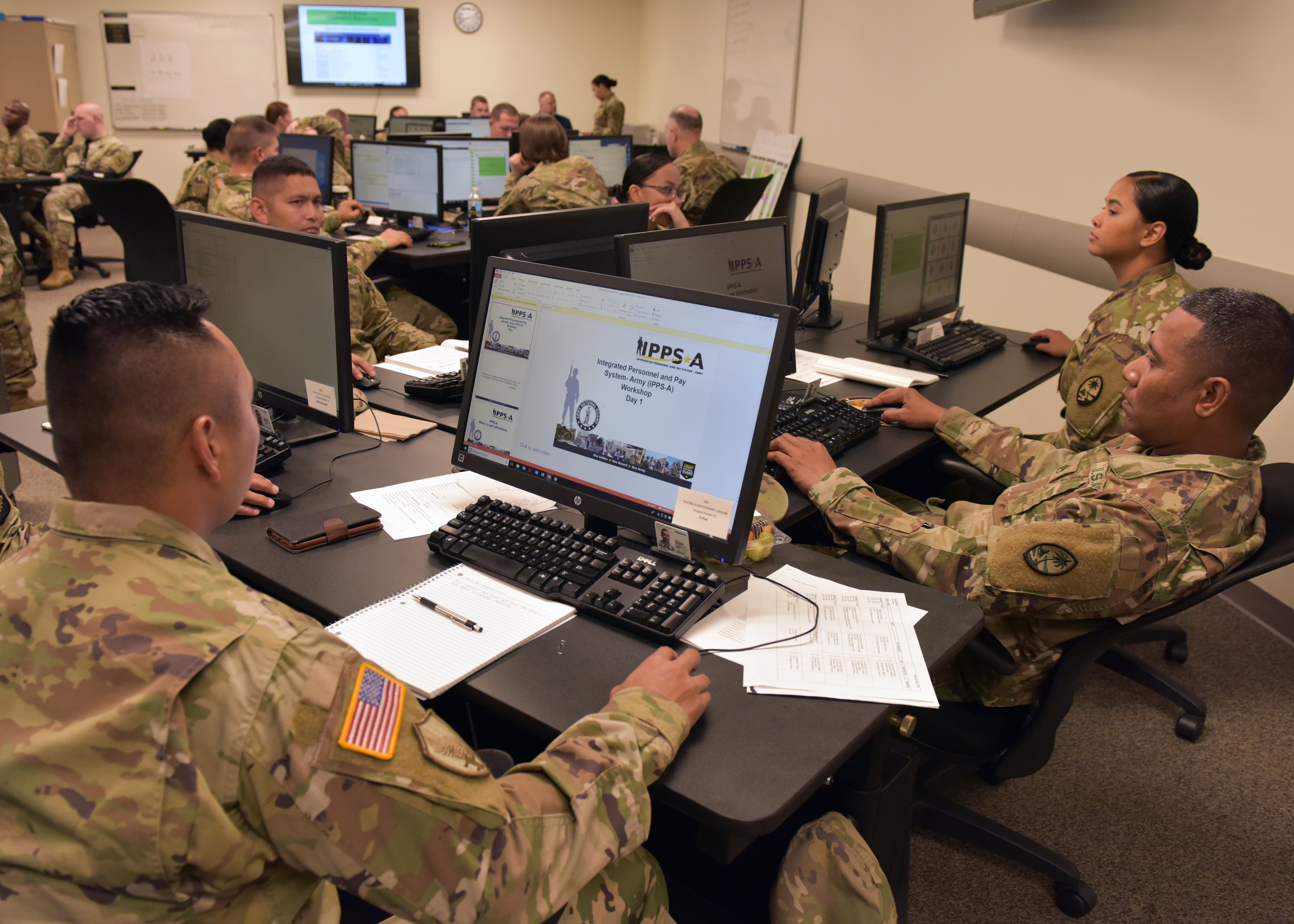Fiscal 2022 was a tumultuous year for the Army’s information technology and network modernization efforts, with the successful launch of some initiatives, but the faltering and collapse of others.
The Army’s civilian chief information officer, Dr. Raj Iyer, spoke with Army Times ahead of the Association of the U.S. Army’s annual meeting to discuss his office’s ongoing initiatives, the solution to the service’s email shortfall and what challenges make tech modernization contracts so difficult to execute.
Iyer said soldiers can expect to see a massive expansion of the service’s Bring Your Own Device pilot in fiscal 2023 — and tried to address potential privacy concerns with the project.
“One of the things I made very clear upfront...for BYOD was it had to be an unmanaged solution,” he explained. Traditional programs for letting personal devices onto secure networks require users to grant permission for the entire device to be accessed by their employer.
But that’s not the case for the Army’s BYOD program, developed by contractor Hypori, Iyer said.
“We’re not putting an agent on your phone. We’re not monitoring your access,” the Army CIO added. The technology works by connecting the phone to a cloud-based environment — no Army data is ever on the device itself during the connection to service networks. “If there’s a spillage, we’re not going to wipe your family pictures off and I’m [not] going to confiscate your phone.”
Iyer sees BYOD as a potential game-changer for the Army Reserve and National Guard, where many units suffer from tech shortages that can keep troops from getting work done on their drill weekends.
“When we move to the desktop in the cloud model, you can buy a $150 [laptop] and access that same Windows 11 in the cloud,” he said, questioning whether the armories where part-time troops work need to be connected to traditional hard-wired networks. He thinks that 5G hotspots and commercial WiFi could let the Army cut the cord there.
Should that happen, he argued, “it’s going to be a fraction of the cost of what we pay for today, and our armories will probably save us hundreds of millions of dollars.”
Changes to the email plan
Iyer is also hopeful that the service can realize some cost-savings for email and digital collaboration tools.
He confirmed the Army “made the decision that Google Workspace will be an ongoing solution” to solve the issue posed by the cost-driven shortfall of licenses allowing soldiers to access the Microsoft-built Army 365 email and collaborative apps.
The Army CIO said that the old plan to distribute Army 365 access by rank has gone out the window due to concerns about difficulty collaborating within organizations that have troops on two different platforms. Instead, the Army will identify organizations that are “self-contained” and evaluate putting them entirely onto the Google platform, he explained.
Iyer said the analysis of which organizations will get Google isn’t yet complete, but the service’s training centers are likely to be the first.
“Everybody that’s coming into the Army, moving forward, will now be provisioned with a Google Workspace account,” Iyer said. “The entire training base will now be on Google.”
Tech modernization challenges
Iyer also acknowledged the frustration with some recent tech modernization initiatives.
The Army fired Deloitte from its contract running the service’s education benefits portal after a disastrous launch, with Iyer adding, “we’re no longer going to continue to throw more good money against bad.”
But for some larger, older contracts like the IPPS-A human resources platform and others “where we have too much sunk cost, it becomes a much harder problem,” he said.
The solution moving forward, Iyer argued, is to improve contracting practices by requiring G-6 oversight on tech modernization projects that previously could be managed by local commands. One vehicle for oversight will be a new kind of contract that allows Iyer’s office to make multiple awards on the same project rather than relying on one contractor to sink or swim — a process more akin to how the service develops weapons.
“We’re gonna do...much more centralization and standardization,” Iyer said. “They’re going to now have to come to my office. We will do the technical assessments. We will help them with...every step of the process to ensure that they’re successful.”
Davis Winkie covers the Army for Military Times. He studied history at Vanderbilt and UNC-Chapel Hill, and served five years in the Army Guard. His investigations earned the Society of Professional Journalists' 2023 Sunshine Award and consecutive Military Reporters and Editors honors, among others. Davis was also a 2022 Livingston Awards finalist.





